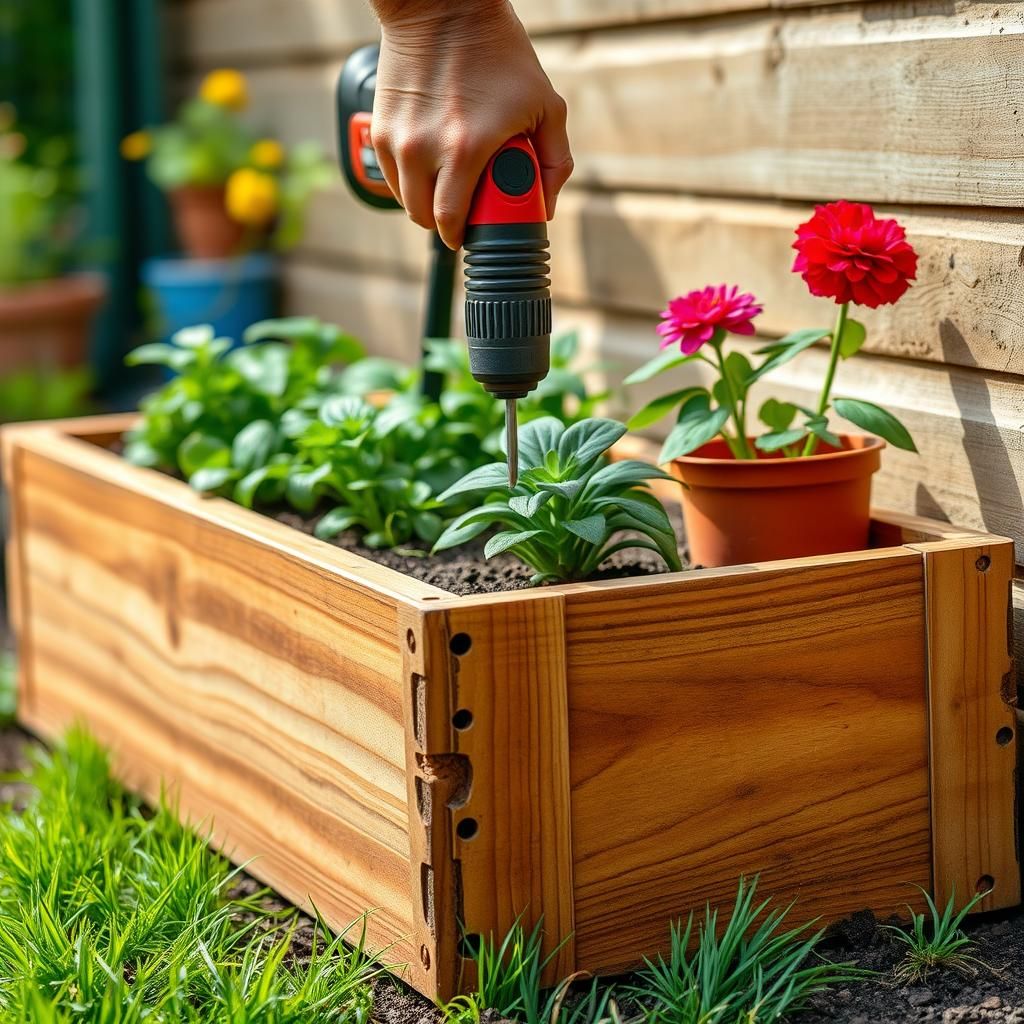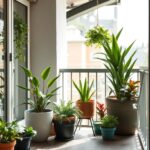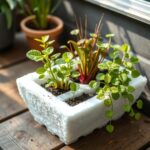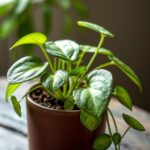Do I Need to Drill Holes in the Bottom of My Planter Box? Top Benefits and Tips Explained

When it comes to gardening, whether you're a seasoned pro or a novice, the question of drainage in planter boxes often arises. Do I need to drill holes in the bottom of my planter box? is a common query that can significantly impact the health of your plants. Proper drainage is crucial for preventing root rot and ensuring that your plants thrive. In this article, we will explore the top benefits of drilling holes in your planter box, provide useful tips for doing it correctly, and highlight alternative solutions for effective drainage. Let's dig in!
Do I Need to Drill Holes in the Bottom of My Planter Box?
Yes, drilling holes in the bottom of your planter box is essential for proper drainage. Without these holes, excess water can accumulate at the bottom, leading to overwatering and root rot, which can ultimately harm your plants. Drainage holes allow the excess water to escape, ensuring that your plants have the right amount of moisture around their roots. This is particularly important for container gardening, where the soil can easily become compacted, trapping moisture. Furthermore, well-drained soil promotes healthy root development and helps in maintaining the overall health of your plants.
Importance of Drainage
Drainage is crucial for the health of your plants as it prevents waterlogging, which can suffocate roots. In environments where heavy rainfall or high humidity is common, adequate drainage allows for excess water to escape and helps maintain an optimal moisture level. Too much moisture can lead to conditions that are conducive to fungal diseases, thus making drainage an essential aspect of container gardening.
How to Drill Holes Effectively
To drill holes in your planter box effectively, choose the right drill and bit size for your material. For wooden planters, a standard drill with a drill bit of about 1/4 inch in diameter is typically sufficient. Make sure to space the holes evenly across the bottom to facilitate efficient water drainage. If using plastic or metal planters, a high-speed drill bit may be required to penetrate the material effectively, and it’s advisable to start with a smaller pilot hole before widening it to ensure accuracy.
Frequency of Watering
The presence of drainage holes in your planter box directly influences how often you need to water your plants. With proper drainage, the soil can dry out more evenly, which reduces the frequency of watering needed to maintain healthy plants. In containers without drainage, you may find yourself watering less often, but the risk of overwatering increases significantly, posing a threat to plant vitality.
See also:
Choosing the Right Soil
Using the right type of soil in conjunction with drainage holes is also important. Opt for a well-aerated potting mix that allows water to flow freely while retaining some moisture. Soil that is too dense can clog drainage holes and counteract the benefits of having them. A high-quality potting mix will help to ensure good drainage and provide much-needed nutrients for your plants.
Alternative Solutions for Drainage
If drilling holes is not feasible for your planter box, consider using alternative solutions such as placing rocks or gravel at the bottom of the box to improve drainage. You can also elevate the planter to allow excess water to escape from its sides. Furthermore, using self-watering devices can help provide proper moisture levels without the risks associated with stagnant water.
| Key Element | Description |
|---|---|
| Drainage Holes | Essential for preventing root rot and ensuring healthy moisture levels. |
| Watering Frequency | Affects how often you need to water based on drainage efficiency. |
| Soil Type | Well-aerated soil prevents clogging and promotes root health. |
| Drilling Tools | Choose the right drill and bits depending on the planter material. |
| Alternative Solutions | Use rocks or gravel, or consider self-watering options for moisture management. |
Importance of Drainage in Planter Boxes
Proper drainage is essential for the health of your plants, and drilling holes in the bottom of your planter box ensures that excess water can escape. Without proper drainage, soil can become waterlogged, leading to root rot and various plant diseases. The drilled holes facilitate air circulation in the soil, allowing roots to access the oxygen they need for growth. Therefore, for successful gardening, it’s crucial to consider the right number and size of holes based on the planter’s material and the types of plants you wish to cultivate.
Why Drainage Holes Are Essential
Drainage holes in your planter box are crucial because they prevent overwatering, which can lead to the dangerous conditions of root rot and other fungal problems. Without these holes, water accumulates at the bottom, saturating the soil and choking the roots of your plants. Proper drainage not only promotes a healthier root system but also enhances the overall performance and resilience of your plants.
How Many Holes Should You Drill?
The number of drainage holes you should drill in your planter box depends on its size. A general rule is to have one hole per every square foot of the planter's base. However, large planter boxes may require additional holes to ensure adequate water movement. The size of the holes is also important; larger holes may allow for faster drainage, but smaller holes help to retain some moisture in the soil, creating a balanced environment for your plants.
See also:
Choosing the Right Location for Holes
When drilling holes, it’s important to choose the right location to maximize drainage efficacy. The holes should be evenly spaced throughout the bottom of the box, ideally positioned away from corners where water can easily accumulate. Moreover, avoiding areas that might be covered by a solid base or plastic liner will ensure that water can flow freely out of the planter, maintaining a proper moisture level for your plants.
Material Considerations for Planter Boxes
The material of your planter box can affect the need for drainage holes. For instance, wooden and plastic planter boxes generally require drainage holes, as they can retain moisture in the soil. Conversely, metal planters may conduct temperature differently, and their drainage needs should be evaluated based on the specific plants and conditions. Understanding the interaction between the planter material and the drainage system is vital for successful gardening.
Tips for Effective Drilling
When drilling holes in your planter box, always start with a pilot hole to guide the drill bit, ensuring clean and precise exits. Use a drill bit that matches the size needed for proper drainage; typically, 1/4 to 1/2 inch is sufficient for most plants. Additionally, make sure to drill in a well-ventilated area and wear appropriate safety gear, such as goggles, to protect yourself from debris and dust while drilling.
Questions from Our Readers
Do I need to drill holes in the bottom of my planter box?
Yes, drilling holes in the bottom of your planter box is essential for proper drainage. Without these holes, excess water can accumulate, leading to root rot and other plant health issues.
What happens if I don’t drill holes in my planter box?
If you don't drill holes, water will not be able to escape, resulting in soggy soil that can suffocate plant roots. This condition may promote mold growth and attract pests.
See also:
How many holes should I drill in my planter box?
The number of holes you should drill depends on the size of the planter box, but a good rule of thumb is to have at least four to six holes evenly spaced at the bottom to ensure adequate drainage.
Can I use a liner to prevent soil from falling out instead of drilling holes?
While using a liner can help keep soil in place, it does not replace the need for drainage holes. You still need to drill holes to allow excess water to escape and maintain healthy plant growth.

If you want to read more articles like Do I Need to Drill Holes in the Bottom of My Planter Box? Top Benefits and Tips Explained, we recommend you check out our Planter category.
Leave a Reply
Related Articles